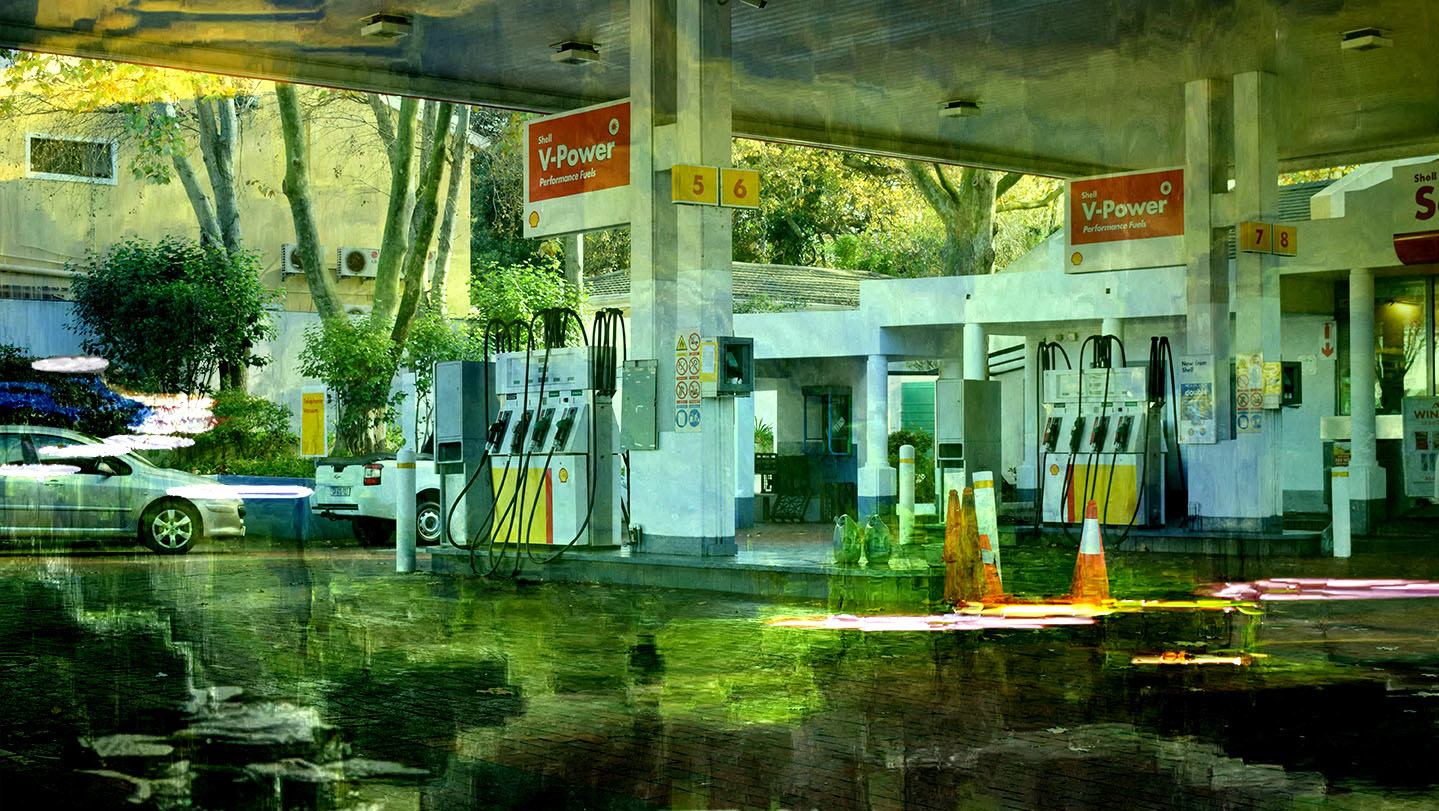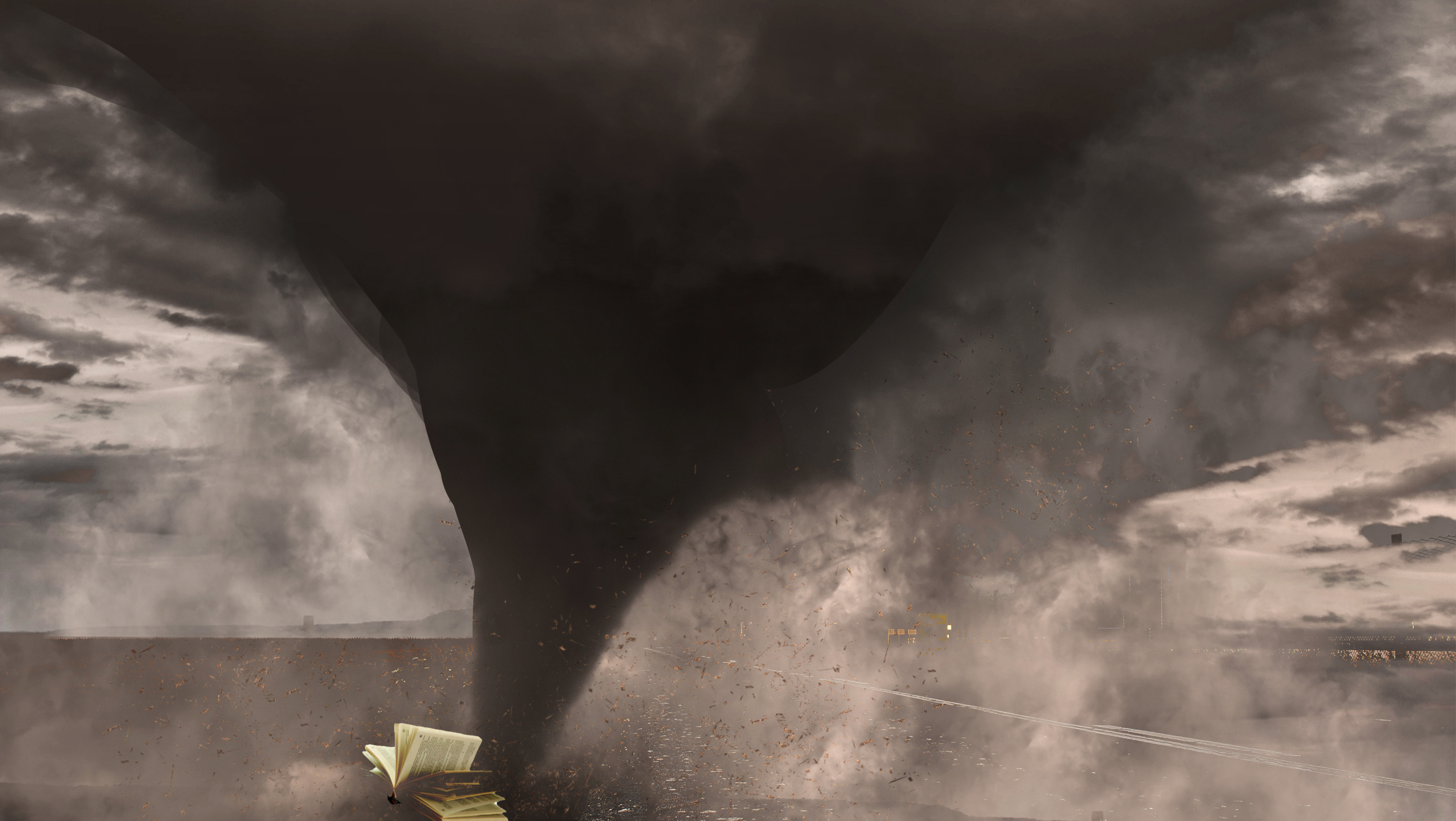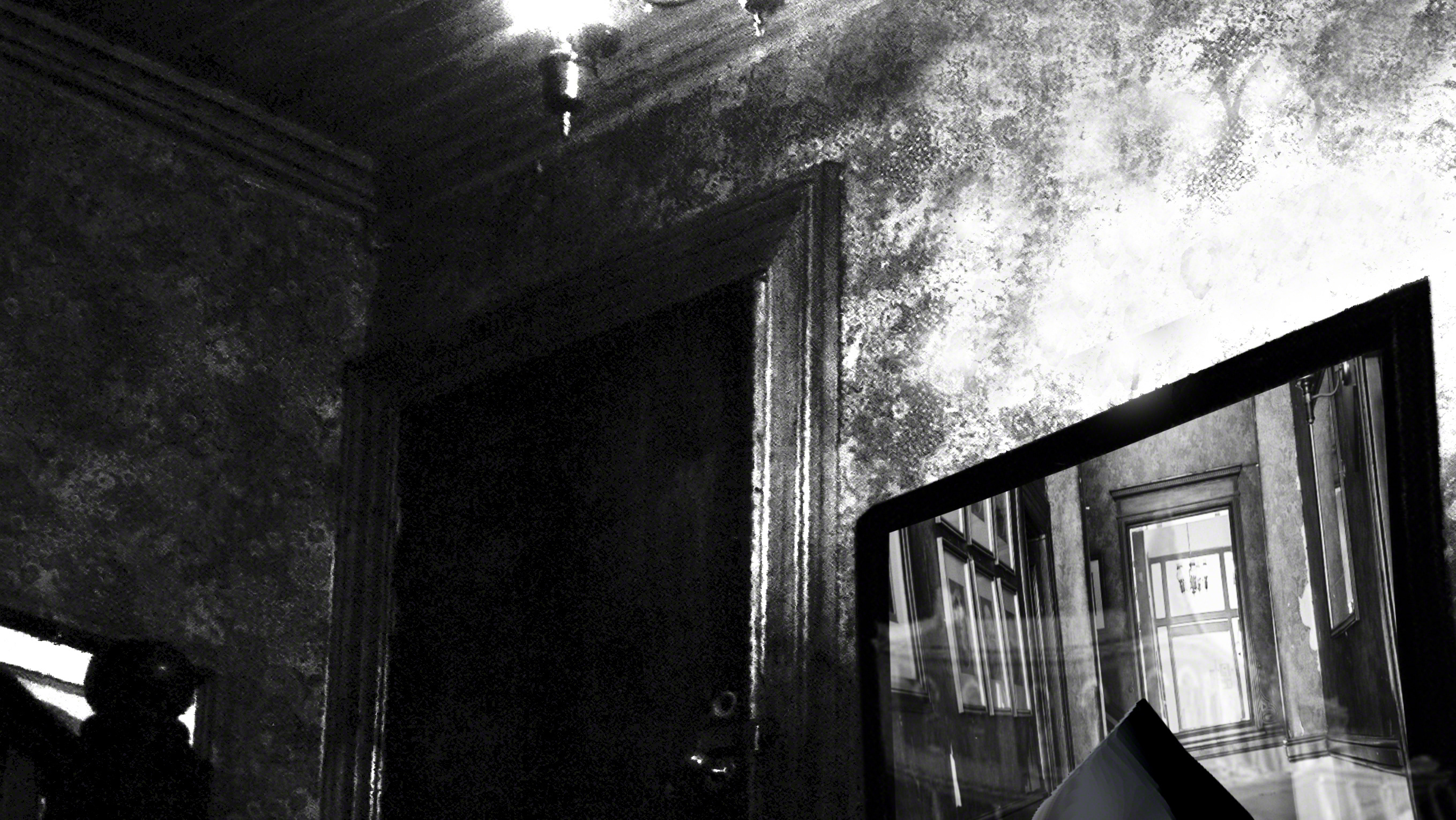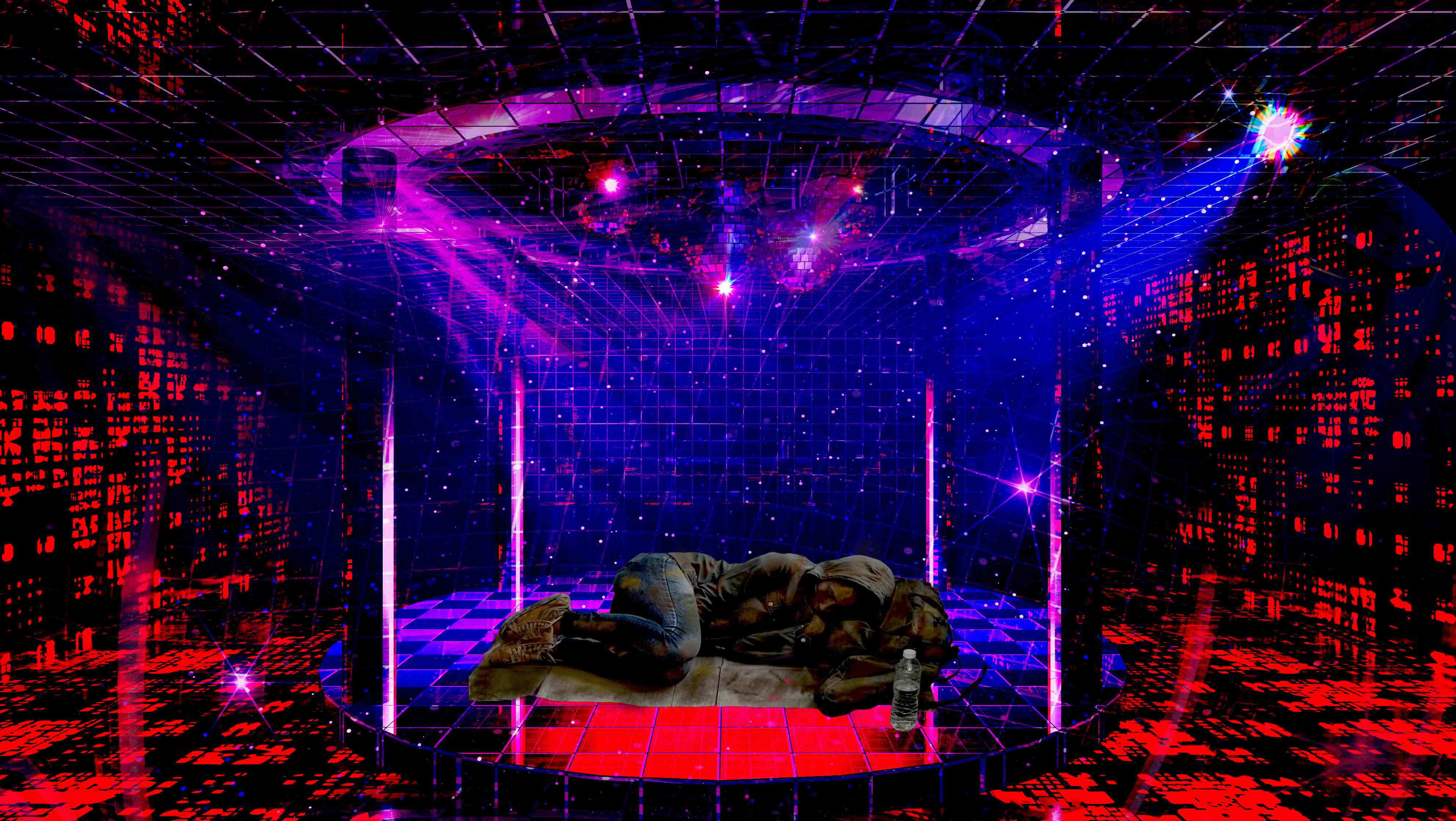The Beginning
travelling to who knows where
watch your back
an accident waiting to happen
individuation
death is inevitable
Quantum Many-Worlds Theory and Artistic Interpretation
Quantum Many-Worlds Theory
These artworks are inspired by the quantum many worlds theory, which explores the possibility of multiple realities branching out from every quantum event. Although quantum physics is usually applied to microscopic phenomena, some physicists have speculated about its implications for the macroscopic world. One of them was Hugh Everett, who first proposed the many worlds interpretation in 1957. According to this interpretation, every observation creates a split in the universal wavefunction, resulting in different versions of the observer and the observed in different branches of the multiverse.
The parallel universe in these images features three characters: a young girl, a young man, and an older woman. They are all variations of the same person, but in different worlds. They experience similar events, but at different moments and with different outcomes. Who can tell which one is the original and which ones are the copies?
The parallel universe in these images features three characters: a young girl, a young man, and an older woman. They are all variations of the same person, but in different worlds. They experience similar events, but at different moments and with different outcomes. Who can tell which one is the original and which ones are the copies?
Surveillance and Quantum Many-Worlds Theory
Both surveillance and the many-worlds theory highlight the impact of observation on outcomes. Surveillance can alter behavior, similar to how quantum observation affects a system’s state. Both deal with complex data requiring sophisticated analysis.
The rectangles on each face are an indication that they are being observed, but who is the observer?
Filmmaking and Quantum Many-Worlds Theory
Narrative Branching: Films explore “what if” scenarios, creating alternate storylines, similar to how quantum events create multiple realities.
Character Development: Different versions of characters in films reflect the many-worlds theory’s idea of parallel versions of the same person.
Creative Process: Filmmaking decisions lead to different outcomes, akin to quantum events leading to different realities.
Exploration of Reality: Films like “Inception” and “The Matrix” explore themes of reality and perception, paralleling the many-worlds theory.
The film-like negatives suggest that the reliance on reality as we know it may be mistaken.
Artistic Interpretation
Each of these worlds reflects a variation on experiences I have had in my own life, and the wonder of its repercussions in other worlds. What if the timing were different? What if I made a different choice? What if I were a different person? These artworks invite the viewers to question their own reality and identity, and to imagine the infinite possibilities that lie beyond their observation.
Sources





